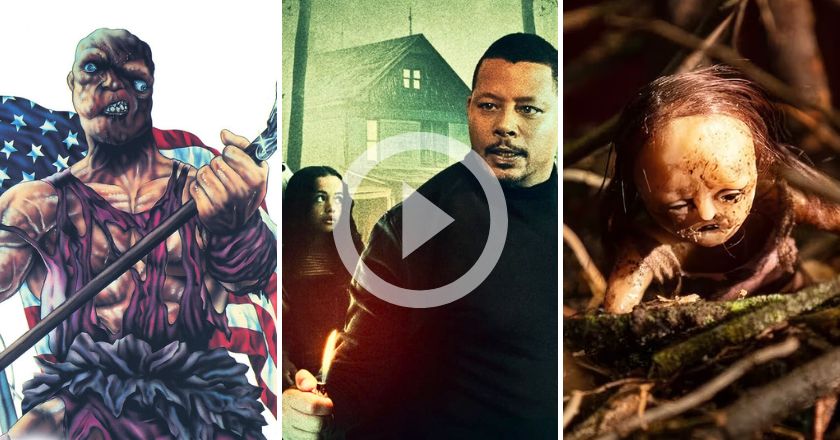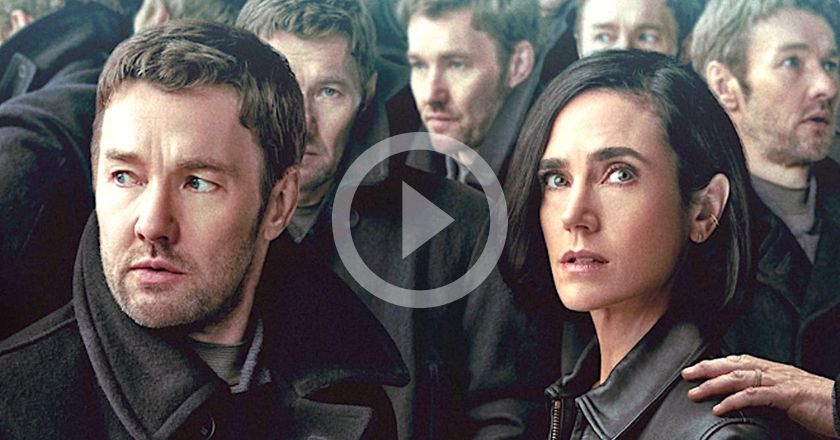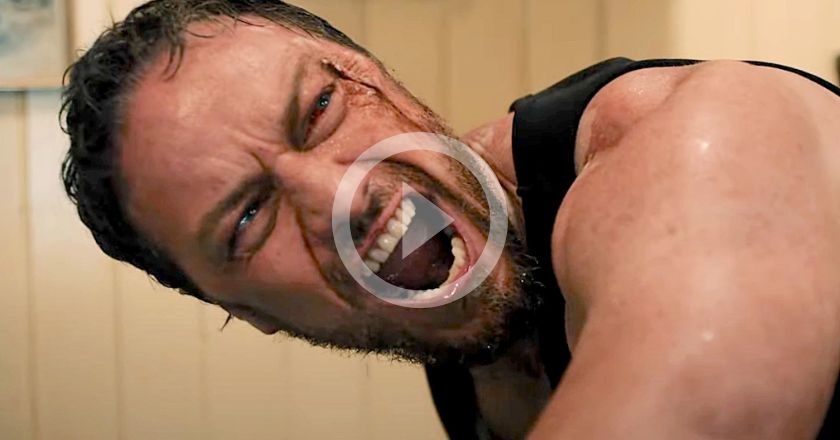
Spoilers ahead for ‘Chinatown’.
No single movie can sum up New Hollywood. But if one were to choose, Chinatown would have to be a strong contender. The neo-noir classic by Roman Polanski is gritty, dark and brutal, yet humorous and sexy. Among the many impressive elements, it’s the superbly realised details, from snazzy suits to aesthetic cars, that offer up a visual feast. It’s pure filmmaking mastery as we watch injustice unfold, an intriguing, layered path until the very nature of man is questioned in a shocking ending to one of the greatest movies spawned out of Hollywood.
Chinatown could have been an over-the-top action piece or a snooze-fest crime flick, but a number of factors contribute to its success as a neo-noir thriller. First, that ending. The Oscar-winning screenplay, written by the legendary Robert Towne (Mission Impossible, Shampoo, Tequila Sunrise), originally concluded with Evelyn Mulwray (Faye Dunaway) chasing her father into the woods and killing him. The ending that ended up on screen was added (after many disputes) by Polanski into the script.
Jake Gittes (Jack Nicholson) looks at the disfigured face of Evelyn as his associate remarks, “Forget it, Jake. It’s Chinatown.” The woman is dead. Evil has triumphed. The hero has lost. It’s a deeply dark ending and it works beautifully. The audience is crushed as they watch, from the sidelines with our protagonist, the unsettling events that take place in those last two minutes. “Forget it, Jake. It’s Chinatown.” Bam. Credits.
Roman Polanski has often preferred dark endings. He has said on occasion that it reflects life – its randomness and its consequential brutality. And his vision is preserved in Chinatown, its depth and bleak point of view one of the reasons why the movie has remained a must-watch for decades. Chinatown has character, something missing in Hollywood films of late.

Chinatown was nominated for 11 Oscars at the 47th Academy Awards (1975). However, it had the misfortune of running against Francis Ford Coppola’s The Godfather 2 and was therefore only able to win in the ‘Best Original Screenplay’ category. For a film about injustice, it’s somewhat ironic that the film went overlooked in the awards department.
Nicholson plays his heart out, as does Dunaway. Whenever Nicholson or Dunaway get screen time, they steal the show, with witty, quick dialogue and performances that feel natural, spontaneous.
If Chinatown had a sales pitch, it would be: “Hey, do you like neo-noir movies but dislike black and white? Well, Chinatown is your answer.” This movie preserves the aesthetic language of the 1930’s while surrounding it with various noir elements: the characters, their clothes, even their cars and houses. The yellow sun, the golden dusk and the black night lend their colours to the atmosphere of Chinatown, complimenting the stylish look of the movie. Kudos must go to cinematographer John A. Alonzo.
Much more can be written about Chinatown, a masterpiece that never gets dull. To watch it is to experience New Hollywood at its most powerful. It’s a moment in cinema where new ideas outclassed the old, and where story, plot and acting were a perfect blend. Chinatown is a true gem.







